The groom
The engagement ceremony starts in the absence of both the groom and the bride. The Alaga Ijoko opens the ceremony and states the reason for the gathering. She puts the family of the groom’s family through a series of questions and answers in the absence of the groom. At one point, the groom’s presence will be required. He will be waiting somewhere very close to the venue of the ceremony usually in one of the houses around. Once the presence of the groom is required, he will be sent for and he will be accompanied to the venue of the ceremony by some young men from his family and his friends.
Upon his arrival, he will go through the introduction process and prostrating as stated above. After all the traditions have been observed and all requirements have been met, he will be allowed to sit on one of the two chairs decorated for the groom and bride. The chairs are artfully and colourfully decorated by the wedding planner with colours matching that chosen for the event.
The bride
The bride is also absent in the early stages of the event. She will be with her friend’s and young ladies of her family in a room of her father’s house. The ceremony usually takes place in front of the bride’s parent house or somewhere close. When it is time for the presentation of the bride, she is herald into the venue of the ceremony followed by her friends. The bride goes through a few protocols moderated by the Alaga Ijoko some of which includes money being given to her, unlike the groom who pays money.
She is then introduced to the groom’s family before taking her seat beside the groom. After these things and some other protocols have been observed, they are now considered a couple. The bride now seen as the wife will display some marital traits such as feeding the groom some cake and wine. And even a kiss to seal it.
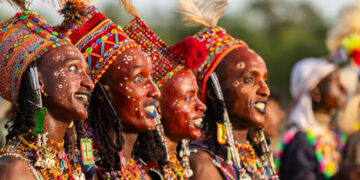

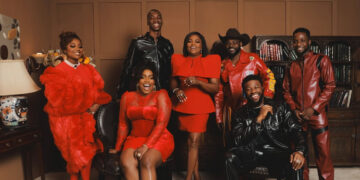


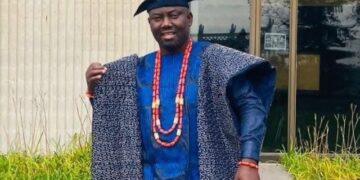




















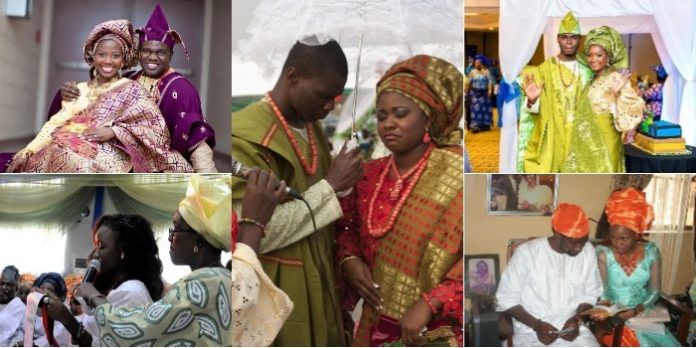
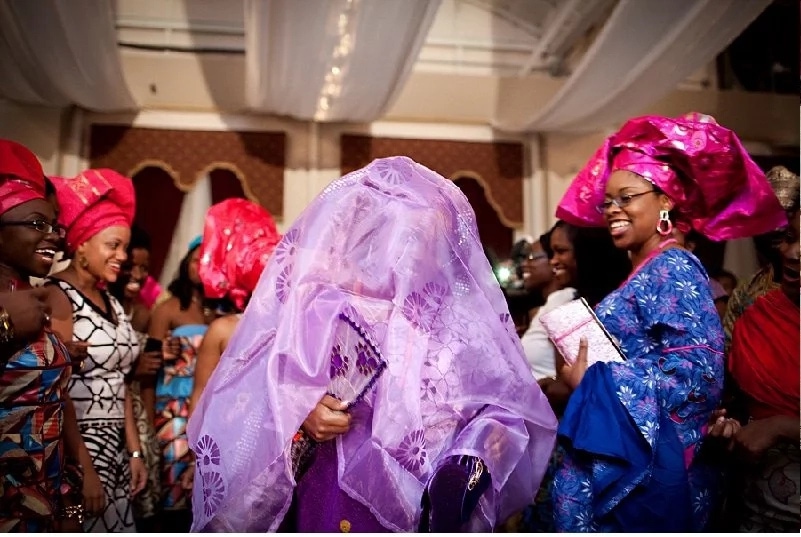









Discussion about this post